Optimal Timing for Waterproofing Applications
Waterproofing is a critical component of building maintenance that protects structures from water intrusion and damage. Proper timing ensures maximum effectiveness and longevity of waterproofing systems. The optimal time for applying waterproofing depends on climate conditions, surface preparation, and project requirements.
Spring offers moderate temperatures and lower humidity, making it ideal for waterproofing projects. It allows sufficient curing time before the summer heat.
Summer can be suitable if temperatures are within the recommended range. Avoid high humidity and rain to ensure proper adhesion and curing.
Fall provides cooler temperatures and less precipitation, which are beneficial for waterproofing applications before winter.
Winter is generally unsuitable due to low temperatures, frost, and increased moisture, which can hinder curing and adhesion.
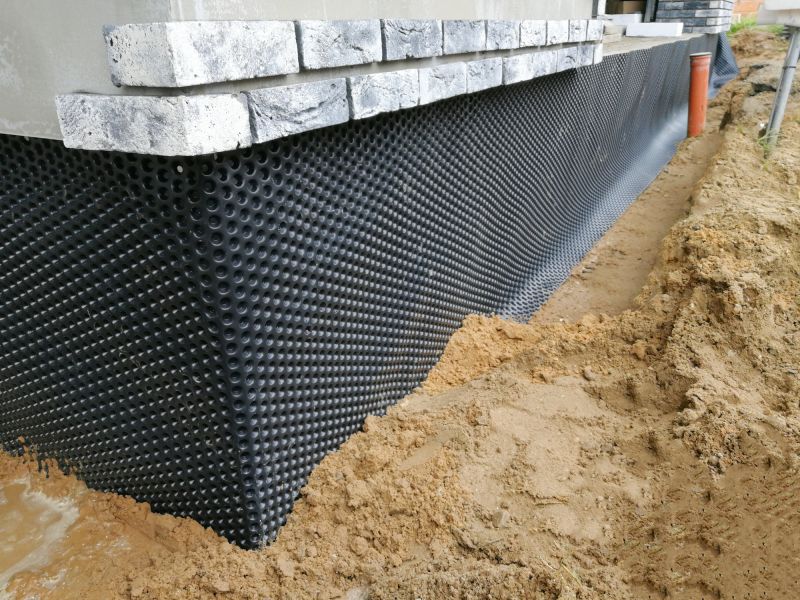
Applying waterproofing in spring takes advantage of favorable weather conditions for optimal results.
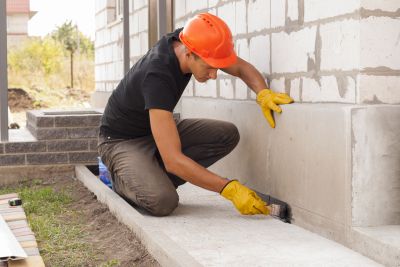
Careful planning is needed to avoid high temperatures and humidity during summer waterproofing projects.
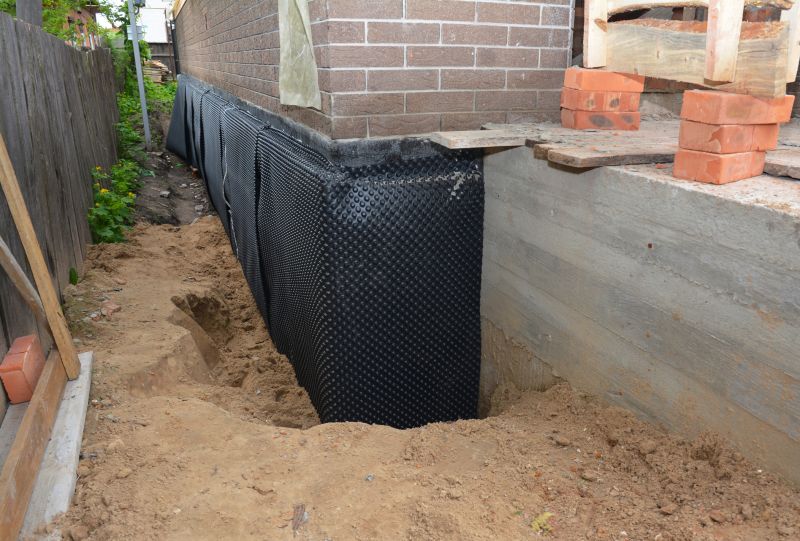
Fall provides an ideal window for waterproofing before winter, with cooler temperatures and less rain.
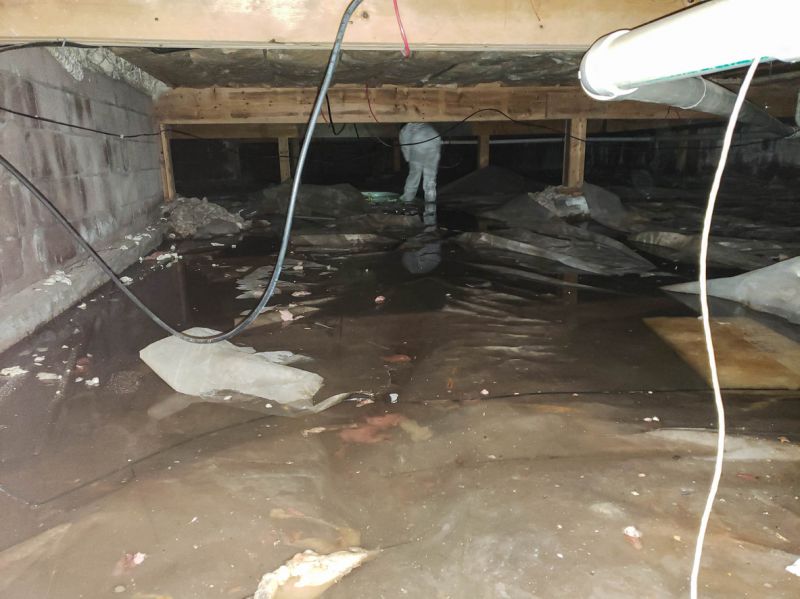
Ways to make Waterproofings work in tight or awkward layouts.
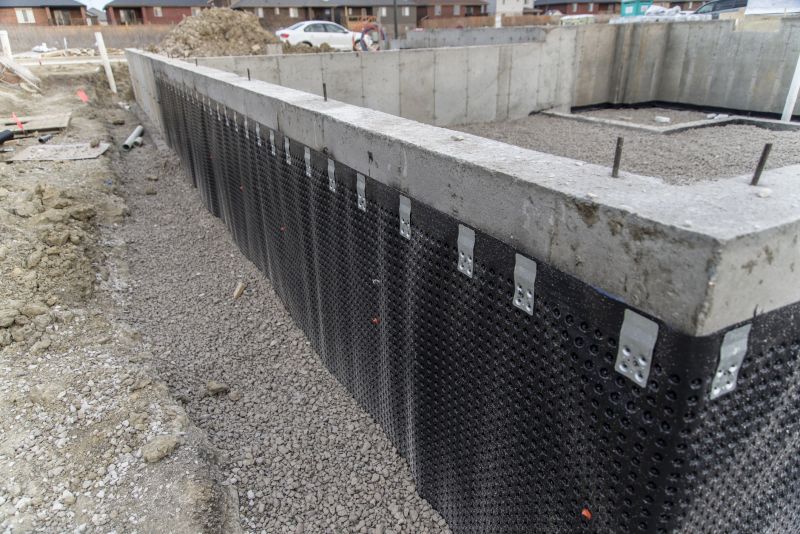
Popular materials for Waterproofings and why they hold up over time.
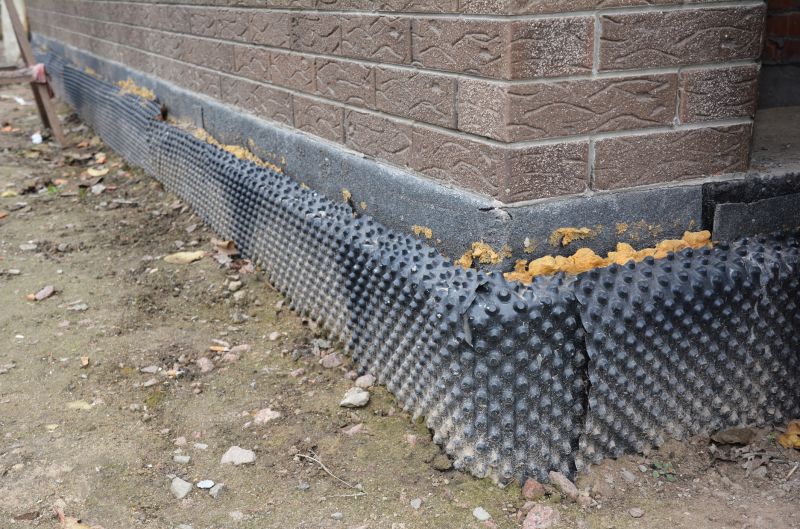
Simple add-ons that improve Waterproofings without blowing the budget.
| Season | Ideal Conditions |
|---|---|
| Spring | Moderate temperatures, low humidity, dry days |
| Summer | Warm temperatures, avoid high humidity and rain |
| Fall | Cool temperatures, dry weather |
| Winter | Not recommended due to low temperatures and frost |
Waterproofings are essential for protecting foundations, roofs, basements, and other structural components from water damage. They involve the application of membranes, coatings, or sealants designed to create a water-resistant barrier. Properly timed waterproofing can prevent issues such as mold growth, structural deterioration, and interior damage. Statistics indicate that structures with correctly applied waterproofing systems experience significantly fewer water-related problems, reducing repair costs and extending lifespan.
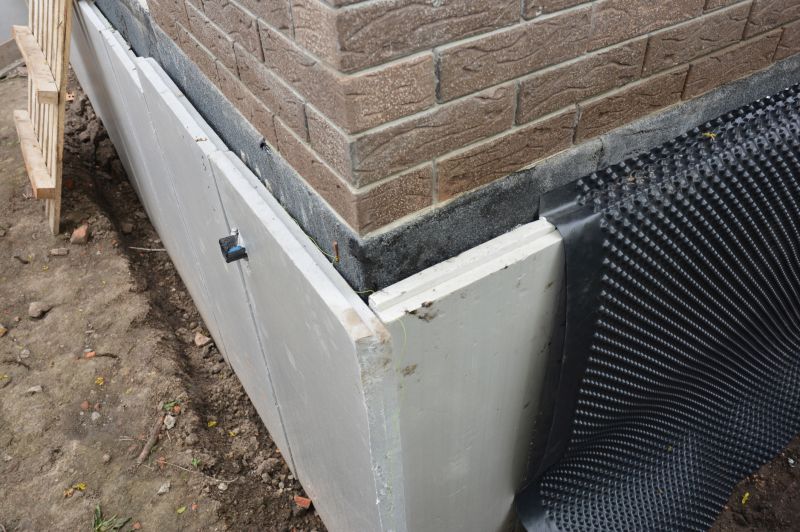
A membrane being installed on a foundation wall.

Sealants being applied to joints for water resistance.
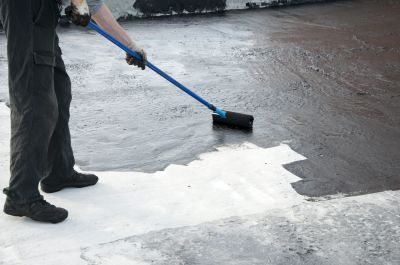
Coatings being applied to flat roof surfaces.
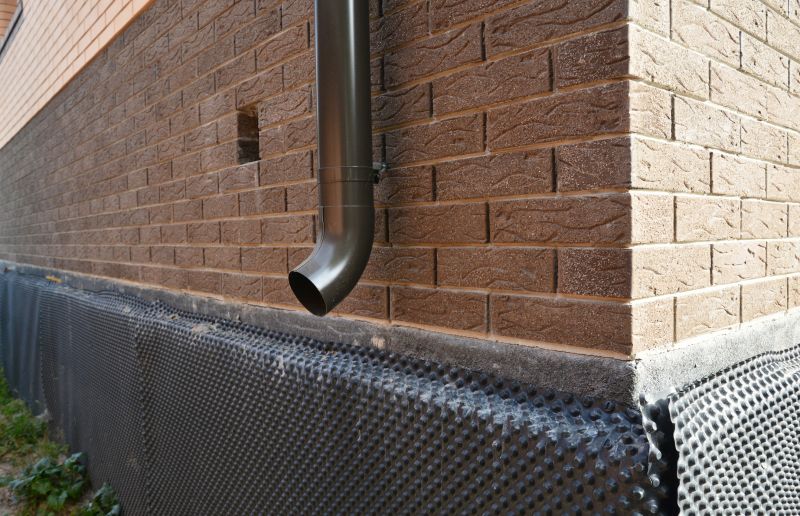
Interior drainage systems installed to prevent water intrusion.
Choosing the right time for waterproofing ensures the effectiveness of the application and durability of the system. Weather conditions play a vital role; dry, moderate weather allows for better adhesion and curing. Applying waterproofing during unsuitable seasons can lead to reduced performance, increased maintenance, and higher long-term costs.
Interested in waterproofing solutions? Fill out the contact form to discuss options and scheduling.

